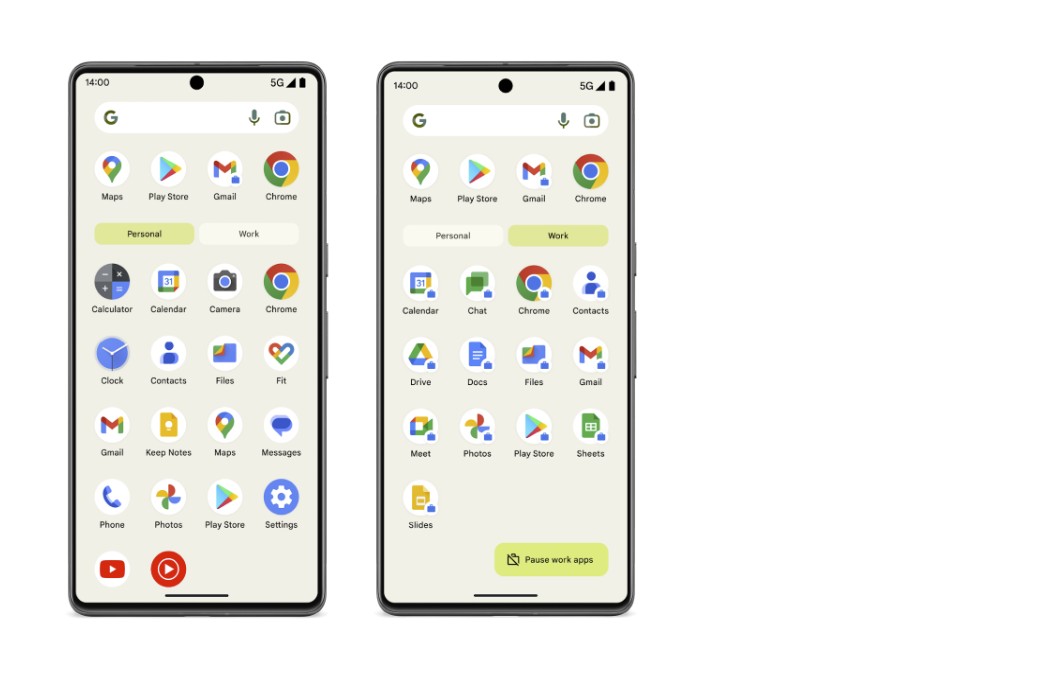How to Install Fresh Pixel Launcher Mods APK on your Android
3 min. read
Updated on

Android P’s first developer preview is finally here, and while there’s a lot that remains unknown, it’s still an exciting time in the world of Android. The overall look of Android P seems to be a reminder of Oreo, some might claim, but one area that has seen a visual update is the Pixel Launcher.
Now that the Pixel Launcher is everyone’s new favorite launcher, the dilemma is the same. You love the Pixel Launcher, but it has no standout features other than looks. Pixel Launcher Mods by Quinny899 aims can change that if you want the best for your Android. Pixel Launcher Mods works with the several Rootless Pixel 2 launcher ports as well as Quinny899‘s own Pixel Launcher port and the best part is that the list of features includes changing icon packs, changing individual icons, icon labels and widget sizes too.
You can also choose icons, not only from icon packs but also from an image file that you may have on your phone. However, even if it doesn’t require Xposed Framework to work, rooting access is a must. And since you’re about to install an APK, you will need to enable this setting in order to install an app, not from the Google Play Store. For that, enter into Settings > Security and check the box next to Unknown sources.
Truth be told, the procedure is not at complicated, so waste no more time:
How to Install Pixel Launcher Mods APK on your Android:
- First of all, download the Pixel Launcher Mods APK on your device – you can find the apk on xda-developers.com;
- Tap on the download complete notification to launch the package installer;
- If your device is running on Android 8.0 Oreo or above, you must now allow your browser app the permission to install APKs;
- When you first launch the app, it will ask for root access, so grant it the root permission;
- At this point, you will see three possible choices: Apply Icon Pack lets you select from a list of installed icon packs to apply; at the same time, Edit Icons & Labels lets you change an individual app’s icon or label, while Resize Widgets will show you a list of all the widgets that you currently have on your home screen. You can then select one and select its dimensions.
So, did you completed the procedure? Let us know your thoughts about it in the comments down below.



User forum
0 messages